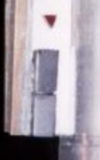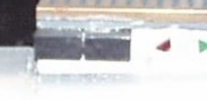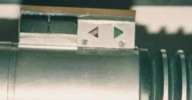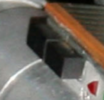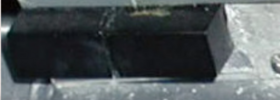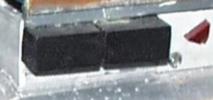It depends on how long the enamel has cured, and especially which brand of lacquer you're using. The old Krylon crystal clear aerosol was a lacquer that was advertised as being able to topcoat anything, as it was SUPER thin and so dried in only a minute or two. Even then, it was possible for it to cause problems if you didn't follow the directions to use multiple thin coats.Yes, I have some suggestions too.
Painter's tape is great for masking off stuff to protect it - but stick the tape to your shirt or pants first, and rip it off. Less chance of it peeling off paint.
I'm amazed the lacquer didn't mess with the Ace enamel! You can usually lay acrylic over enamel over lacquer but not the other way around. Harder stuff goes on bottom (lacquer) and the solvents are usually stronger or something. but hey, if it worked, don't mess with it, you nailed it!
The real props themselves did not stay pretty either. In the close-ups you can see damage, scratches, etc. so I consider light damage to be authentic
Other lacquer aerosols are advertised as being "triple thick" and the can says they take 15 minutes to dry. You'd likely not get away with using those lacquers over enamel, no matter how thin you attempt to spray them or how long the enamel has had to dry.

